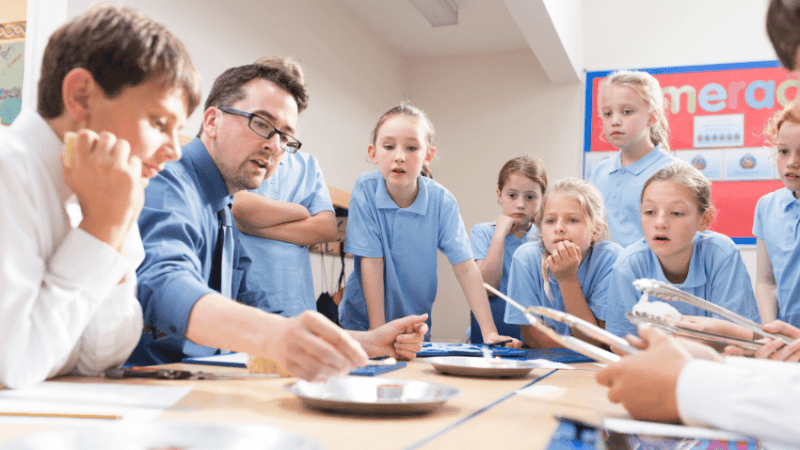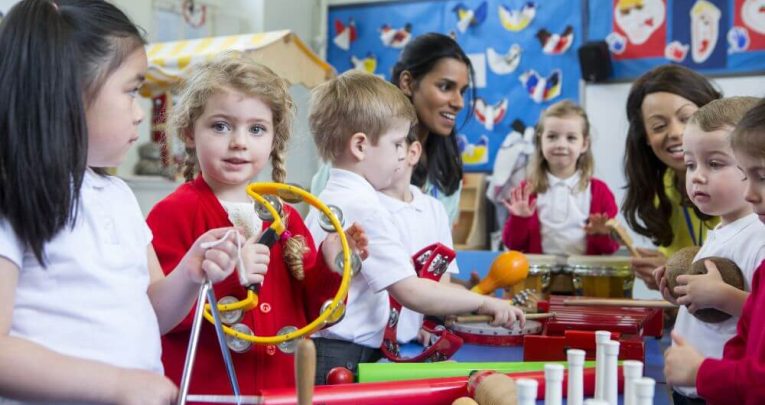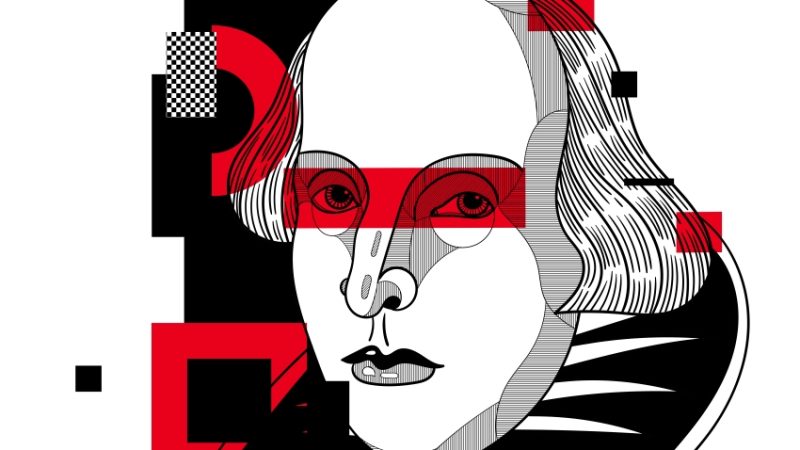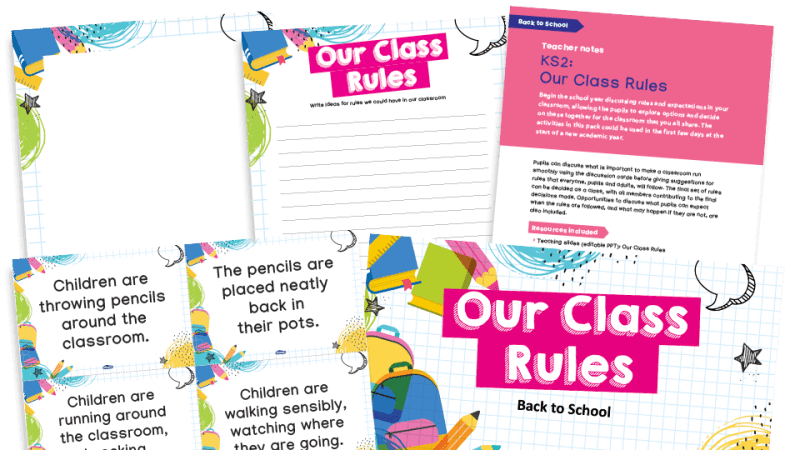Learning With Audio/Video Recording Technology In Early Years
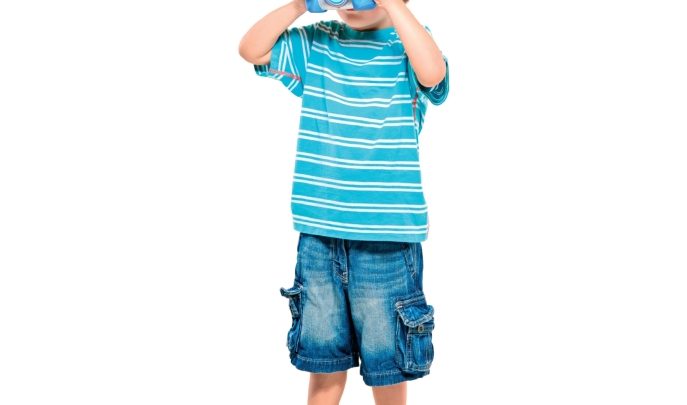
Introducing simple audio- and video-capturing technologies to your setting’s activities can extend children’s learning opportunities, says Rachel Ager…

- by Rachel Ager
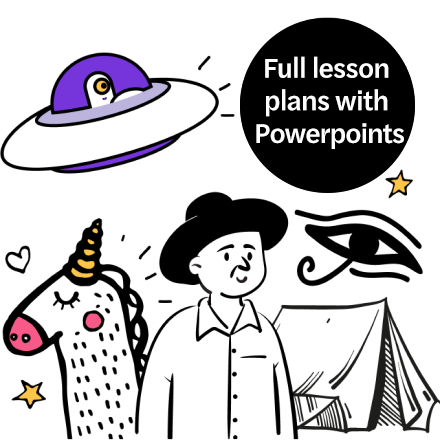
There is an ever-increasing range of recording devices that are suitable for use by young children. The ease with which children can use such technology has enabled younger children to record images, video and audio with minimal support.
These devices range from simple resources that allow a child to record 30 seconds of sound, to products such as the iPad, which can be used to take photos, record video and audio. Used well, these technologies can be used to engage and motivate children, and to extend their learning across all areas of learning and development.
Here are some scenarios that almost any setting can incorporate into their provision…
Traffic Lights
A group of children are in the workshop area making a set of traffic lights for the outdoor area, when, prompted by one of the practitioners, a child fetches a video camera and begins to video the other children as they work together constructing the lights. Once the traffic lights are completed they are incorporated into the outside play, and another child from the group continues to video this.Later in the day, the children review the video they have shot with a practitioner. The children and the practitioner celebrate their achievement and they explain the choices they made as they constructed the traffic lights. The practitioner makes an audio recording of this discussion. As a result both the children and the practitioner gain valuable insight into the learning that has taken place.
Learning outcomes:
• Physical development • Moving and handling – handles tools, objects, construction and malleable materials safely and with increasing control • Personal, social and emotional development • Self-confidence and self-awareness – they are confident to speak in a familiar group, will talk about their ideasTIP: Stills taken from video and quotes from the follow-up discussion can be used to document the children’s learning
New Arrivals
One of the children is expecting a new baby brother imminently, so the setting sends home a simple digital camera to enable the child and his family to photograph the exciting events. When the camera comes back to the setting, a practitioner downloads and prints out the photographs.Practitioner and child then pick out the best photographs and put them into a ‘Talking Photograph Album’; the child then records a sentence to describe each photograph. The album is then made available to the other children, as part of a display they are developing about families.
Learning outcomes:
• Remembers and talks about significant events in their own experiences • Recognises and describes special times or events for family or friendsTIP: Some settings may prefer to send home disposable camera rather than loaning out digital cameras
The Three Bears
The role-play area has been set up with two distinct areas: there is a kitchen area and a bedroom area. The children enjoyed deciding what they needed to incorporate, so that they had all the props they needed to act out the story of Goldilocks and the Three Bears. Most children have decided to make their own bear mask; these will then available whenever they go into the role-play area.A video camera has been set aside solely for use in the role, and the children use it to record their play as they act out the narrative. They are encouraged to review this video as a group, and supported by a practitioner, they consider if there are any changes they would like to incorporate into their narrative. As a result, each group will quite often decide to return to the role-play area to make another video.
Learning outcomes:
• Being imaginative – plays cooperatively as part of a group to develop and act out a narrative • Making Relationships – can play in a group, extending and elaborating play ideas, e.g. building up a role-play activity with other childrenTIP: Stories such as We’re Going on a Bear Hunt can be incorporated and filmed in the outside area
Story Time
The children have been listening to the story Good-Night, Owl! by Pat Hutchins As the story has a predictable pattern and repeated refrain, the children have begun to join in the refrain whenever the story is read to them. One group of children enjoys this so much that the practitioner suggests that they record a ‘reading’ of the story, in which they join in with the refrain, “and owl tried to sleep”. The recording is shared with other groups of children, some of whom also decide to produce their own recording of the story.As this develops over time, one smaller group of children work out how they can produce the noises all the animals make in the story. Supported by a practitioner they record these onto child-friendly voice recorders, and a picture of the appropriate animal is stuck onto each one. Now when the story is read, the children can play the animal noises as well as join in the refrain. After this is then shared with all the children in the setting, the voice recorders and the book are incorporated into an interactive display.
Learning outcomes:
• Listening and attention – joins in with repeated refrains and anticipates key events and phrases in rhymes and storiesTIP: The recording can be downloaded onto personal MP3 players, so that the children can listen to the final recording whenever they wish
On Holiday
The children have been exploring ‘going on holiday’ and are visiting a travel agents. They use the video cameras to record the visit, cameras to take photographs of the different areas in the travel agents, such as the display of travel brochures and the bureau de change, and the MP3 recorders to record the answers to questions they ask the people that work in the travel agents.Once they return to the setting they are able to play the video and audio recordings they have made, and these prove invaluable prompts when they discuss their trip, and what they have discovered about the role of a travel agent. The photographs are also used to support the setting up of a travel agents in the role-play area and the placement of the various elements within it.
Learning outcomes:
• People and communities – Shows interest in different occupations • Shape, Space and Measures – can describe their relative position such as ‘behind’ or ‘next to’TIP: Children must be able to use, and be familiar with, the equipment they take on a visit; otherwise use of technology will interfere with the planned outcomes of the trip
Recording Reading
A large comfortable chair has been added to the book area, and a video camera has been set up so that the children can record themselves ‘reading’ the books. This has encouraged many more children to use the book area than would normally do so and has motivated some of the quieter children in the setting to have a go at reading out loud. They have all enjoyed reviewing their videos. The practitioners have also used the videos to inform their records of how the children interact independently with the books.Learning outcomes:
• Enjoys an increasing range of books • Holds books the correct way up and turns pagesTIP: To improve the quality of the recording, mount the video camera on a tripod with the chair in shot and if possible use an external directional microphone
Health & Safety
Always teach the children how to use equipment safely. Ensure children cannot access any equipment whilst it is being charged. Small batteries are extremely dangerous if swallowed, so ensure battery covers are screwed securely in place on any equipment that requires them.Find out more
More information about the Development Matters listed can be found at ow.ly/FeKGB or ow.ly/FeKZARachel Ager is an internationally respected educational consultant who worked to develop the use of ICT in the EYFS. For more details, visit rachelager.co.uk

